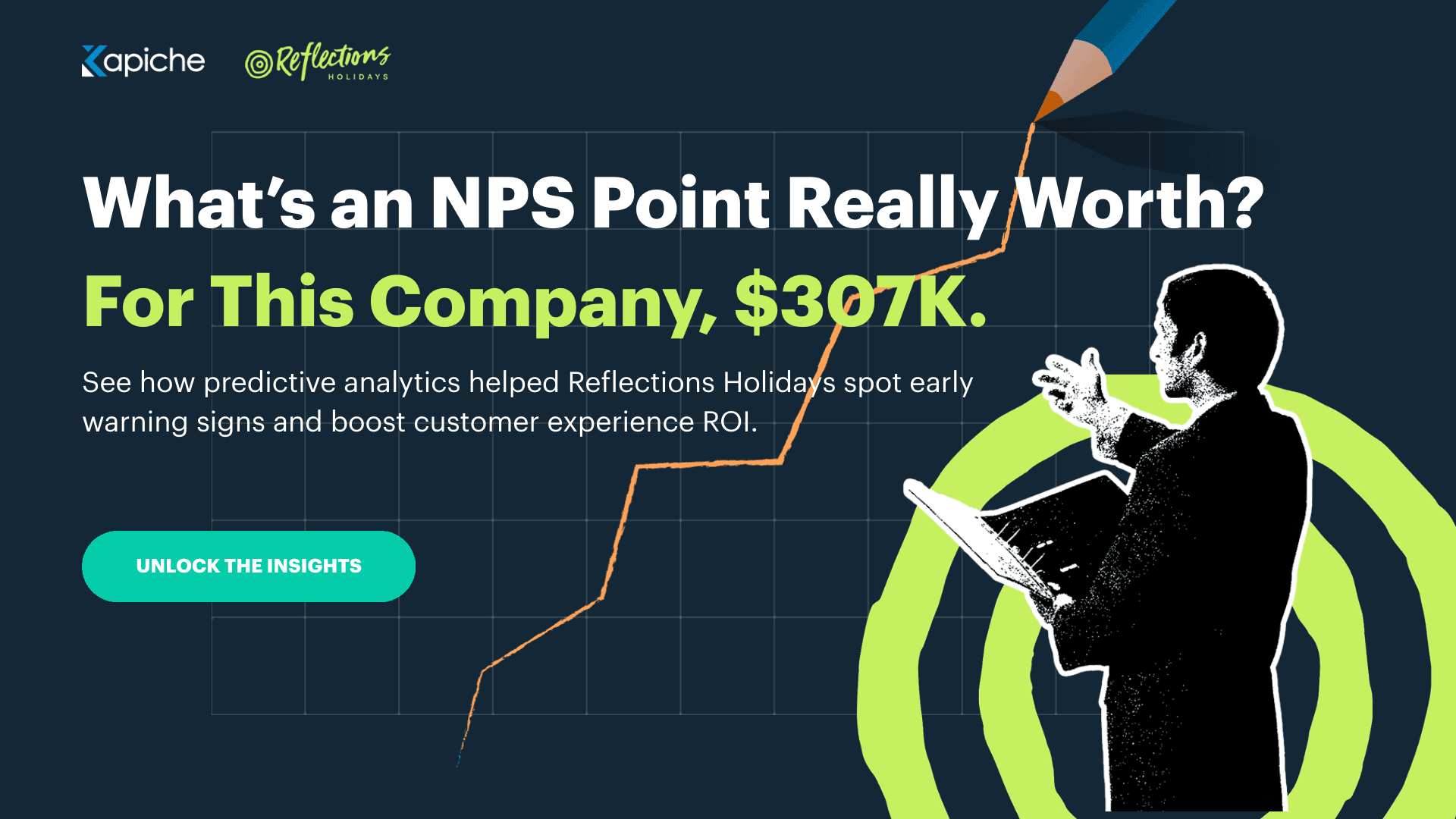What does success look like for a CX Leader?
It’s not just numbers and metrics, even though that’s part of the job. At the end of the day, it’s about the financial impact that their program has on the business. Case in point, a quarterly update that reads like:
"Our quarterly analysis showed that our latest CX initiative directly contributed to a 12% reduction in churn rate, translating to approximately $2.3M in retained revenue.”
This kind of update turns even the most skeptical executive into an ally. But how do you get there?
The gap between data-rich and insight-poor CX programs has never been wider. But a select group of forward-thinking organizations are rewriting the rules of CX reporting. And they’re doing it by putting call center insights at the center of their strategy.
This article explores how to leverage call center insights to drive executive action, build your career, and make the maximum impact on your business that your team is capable of.
The Reporting Crisis in Customer Experience
If you lead a CX function, these scenarios probably seem familiar:
Your team spends weeks manually analyzing customer feedback, with insights that don't clearly connect to business outcomes
Your executive team wants to see the ROI of CX initiatives, but you struggle to quantify the impact
Your reporting process is so time-consuming that insights are outdated by the time they reach decision-makers
Different departments operate from their own siloed data sets, creating inconsistent views of the customer experience
This traditional approach to CX reporting is fundamentally broken. It's manual, disconnected from business metrics, and fails to provide the real-time intelligence needed to drive strategic decisions.
Unlocking the Power of Call Center Data
The most innovative CX leaders are embracing a new paradigm, placing customer support interactions at the center of their customer insights strategy.
Instead of waiting for quarterly survey results, they're tapping into the thousands of conversations already happening every day.
This approach, which we call VoC 2.0, transforms how organizations capture, analyze, and act on customer conversations:
100% coverage of customer conversations: AI-powered analysis ensures every call, email, and chat is scored and categorized
Root cause identification: Understand not just what customers are saying, but why they're saying it
Real-time CX intelligence: Surface emerging issues as they happen, enabling immediate response
Direct connection to business outcomes: Link customer feedback directly to metrics like retention, upsell opportunities, and product innovation

Advanced Reporting Techniques That Drive Strategic Decisions
The shift to next-generation CX reporting is more than about technology. It's about fundamentally changing how and where insights are captured, analyzed, and presented to drive action.
1. Quantifying the Financial Impact of CX Initiatives
One of the most powerful reporting techniques is the ability to translate CX metrics into financial outcomes. This goes for data captured across any channel, whether that’s social media, formal surveys, or your support centre.
Consider the experience of Reflections Holidays, which partnered with Kapiche to quantify the impact of their customer experience efforts:
By analyzing five years of NPS and booking data, they discovered that a single-point improvement in NPS translated to a revenue boost of $307,000. More importantly, the analysis revealed that relatively minor and cost-effective improvements (like ensuring clean bathrooms and providing extra kitchen utensils in cabins) had a far greater impact on guest satisfaction than major infrastructure investments.
As their Senior Marketing Manager noted: "Our CEO said, 'So you're telling me I can spend half a million dollars fixing a road at one park or spend a couple thousand across the whole network on kitchen utensils and drive better impact?' That was game-changing for us."

2. Creating Cross-Functional Alignment Through Unified Reporting
Often, across organizations, each department operates with its own siloed feedback channels. Product teams review feature requests, support teams track ticket themes, and marketing analyzes social sentiment. This fragmentation creates competing narratives about customer priorities and prevents strategic alignment.
Next-generation reporting breaks down these silos by centralizing all customer feedback into unified dashboards that reveal connections between previously disconnected data points.
For example, when product teams can see how support ticket themes correlate with NPS drivers in real-time, they can reprioritize their roadmap based on complete intelligence rather than partial signals.
3. Predictive Analytics: From Reactive to Proactive CX Management
The most sophisticated CX reporting doesn't just tell you what happened, it helps you anticipate what will happen next.
By applying predictive analytics to call center data, organizations can identify early warning signs of customer churn, opportunities for upsell, and emerging product issues before they impact the business.
Sentiment analysis from your support centre, for example, can reveal negative feedback about a new feature that may be unfolding in real time, allowing you to jump on it right away and not wait for survey data to roll in.

4. Automated Theme Discovery for Faster, More Accurate Insights
Traditional reporting often relies on predetermined categories that may miss emerging trends. Next-generation analytics platforms like Kapiche use AI to automatically identify emerging themes in customer feedback without requiring predefined frameworks.
This approach dramatically reduces the time spent on analysis while ensuring that insights reflect what customers are actually saying—not what the organization thinks they might be saying.

The Executive Dashboard: Turning Insights into Strategic Action
The ultimate goal of advanced CX reporting is to provide executives with clear, actionable intelligence that drives strategic decisions.
An effective executive dashboard should:
Connect customer feedback directly to business metrics: Demonstrate how CX initiatives impact revenue, retention, and other key performance indicators
Highlight emerging trends and opportunities: Surface issues and opportunities that require immediate executive attention
Enable data-driven resource allocation: Provide clear guidance on where to invest for maximum CX impact
Track progress against strategic initiatives: Show how customer feedback relates to broader organizational goals
Case Study: From Manual Analysis to Strategic Intelligence
The transformation to next-generation CX reporting can be game-changing for your business. Consider the case of RAC-WA, which serves over 1.2 million members. By implementing advanced feedback analytics, they were able to:
Generate insights approximately 30 times faster than their previous manual methods
Save over 11,000 man-hours in the process
Enable quicker, more impartial decision-making








